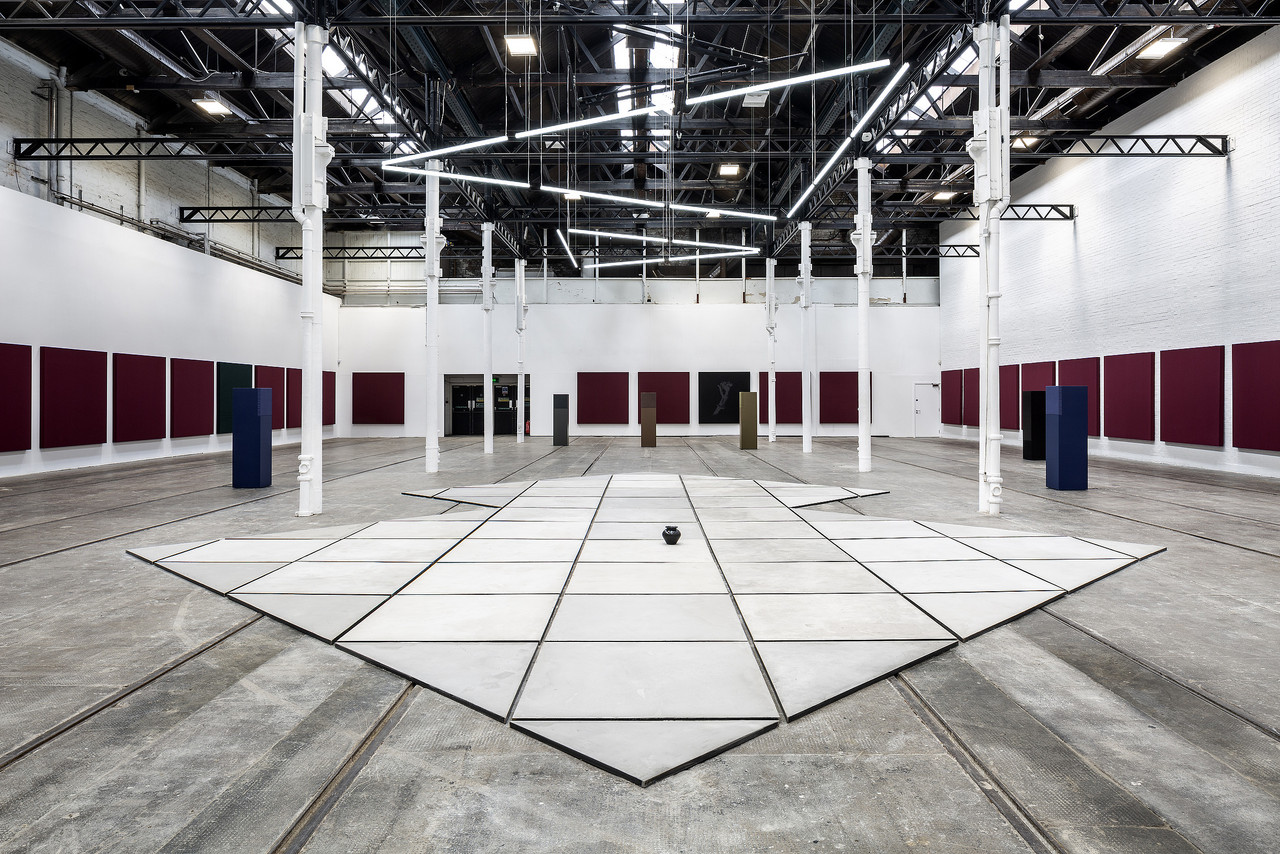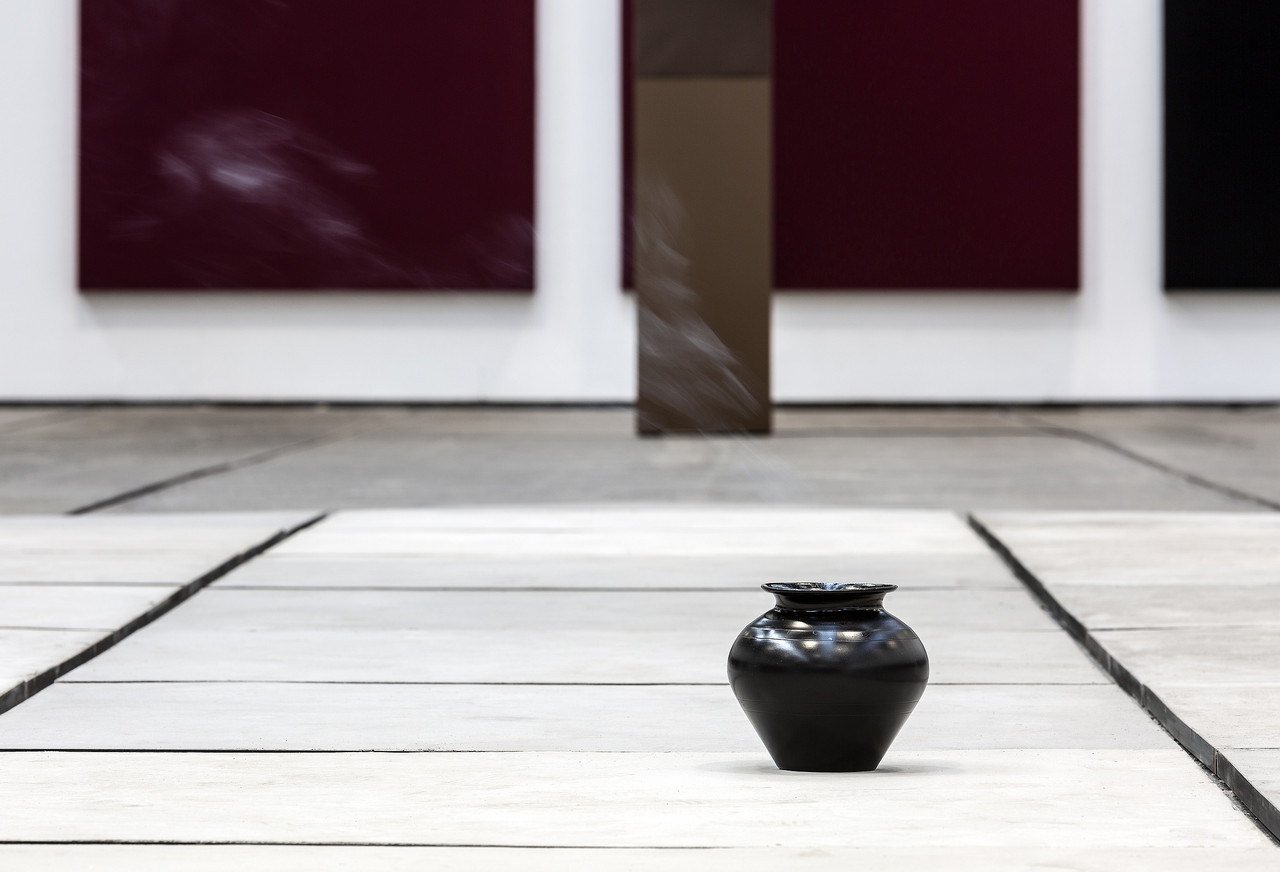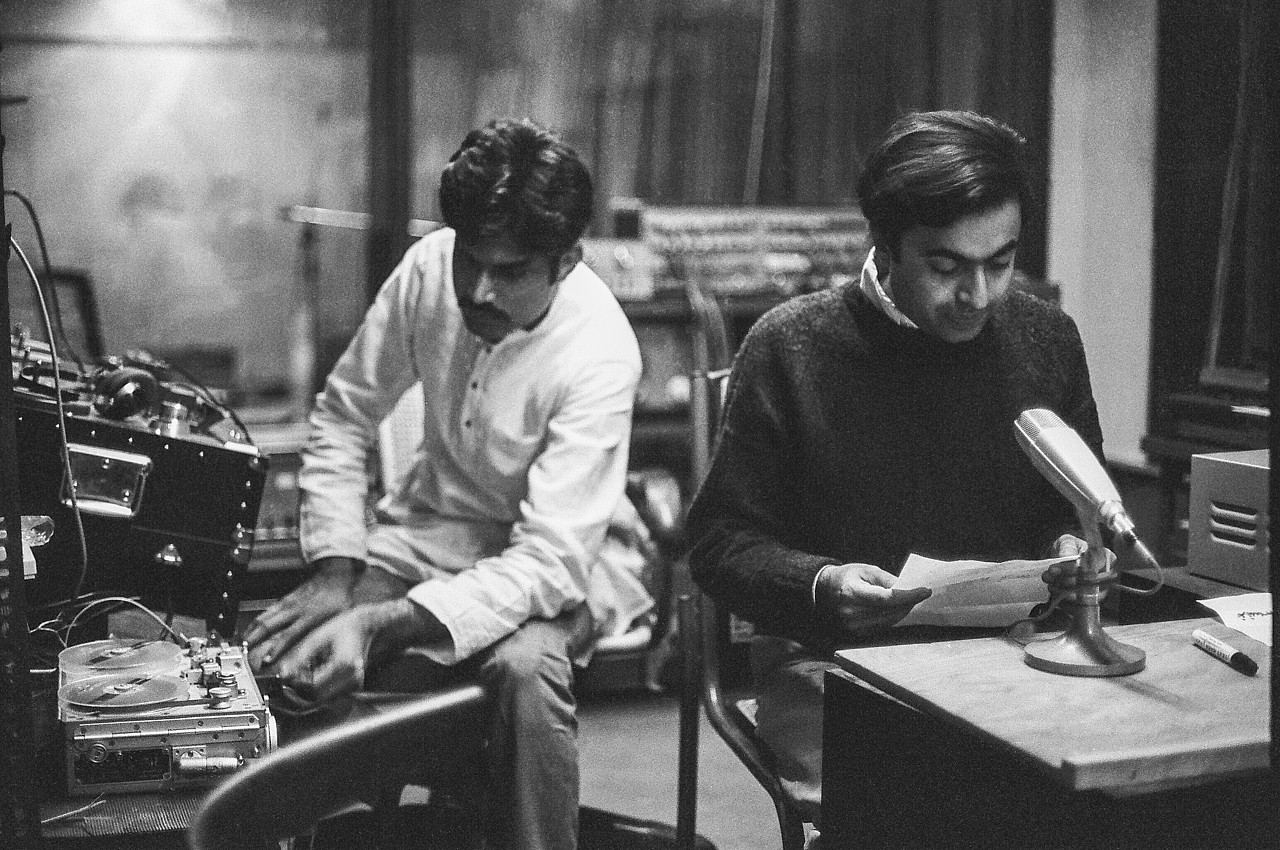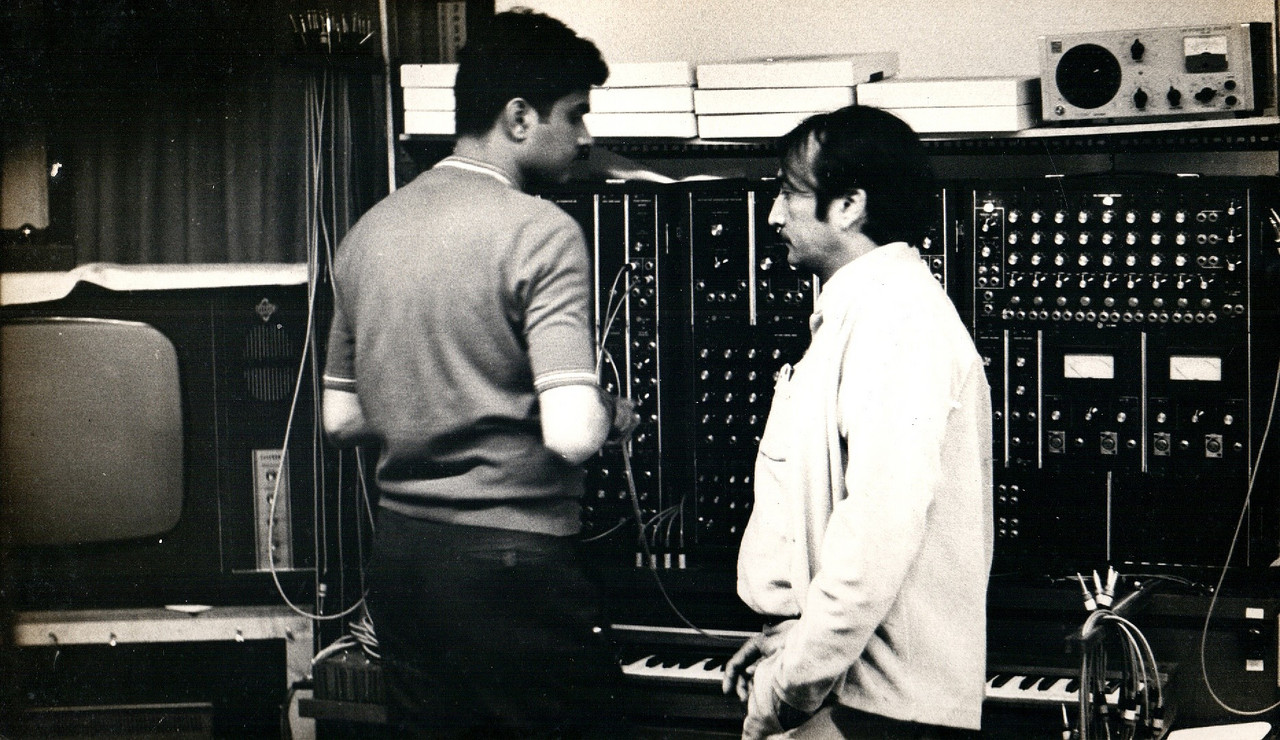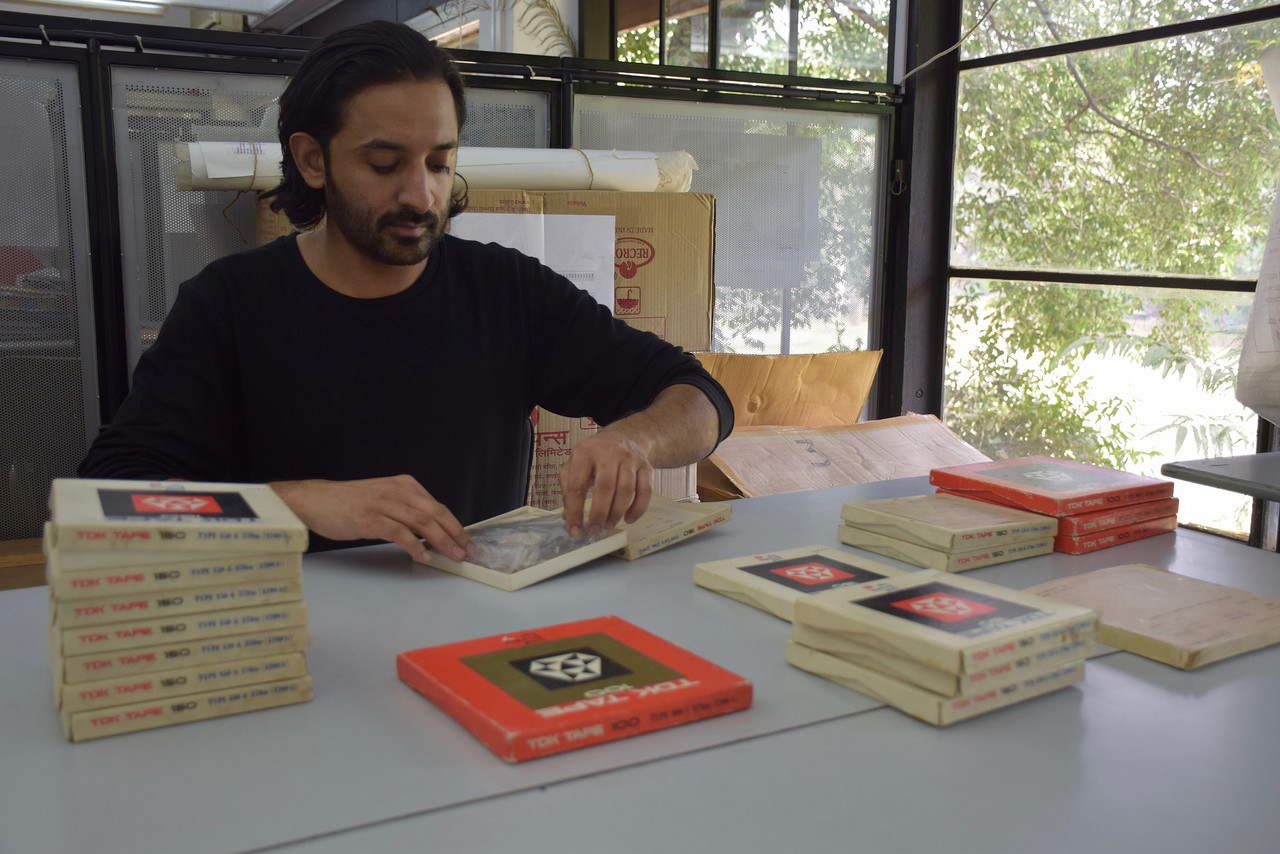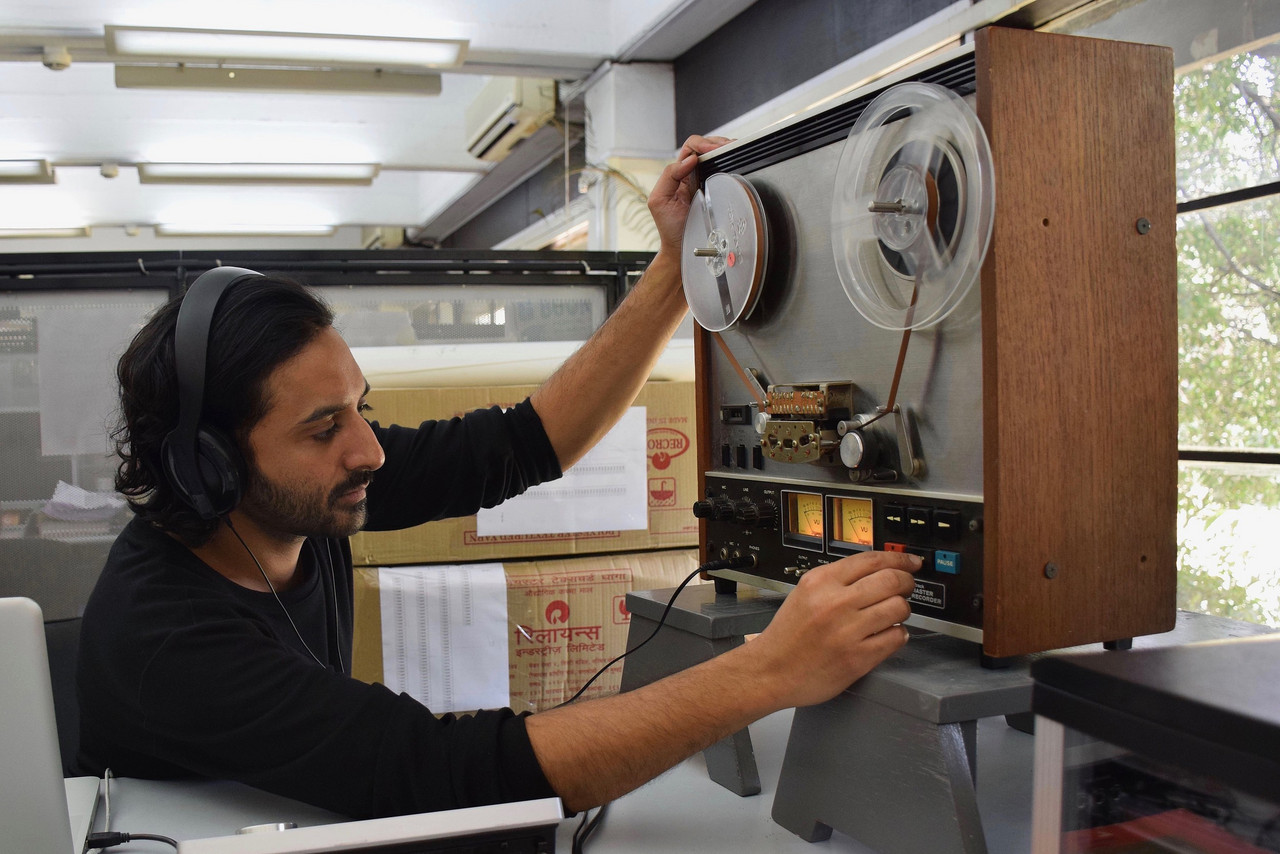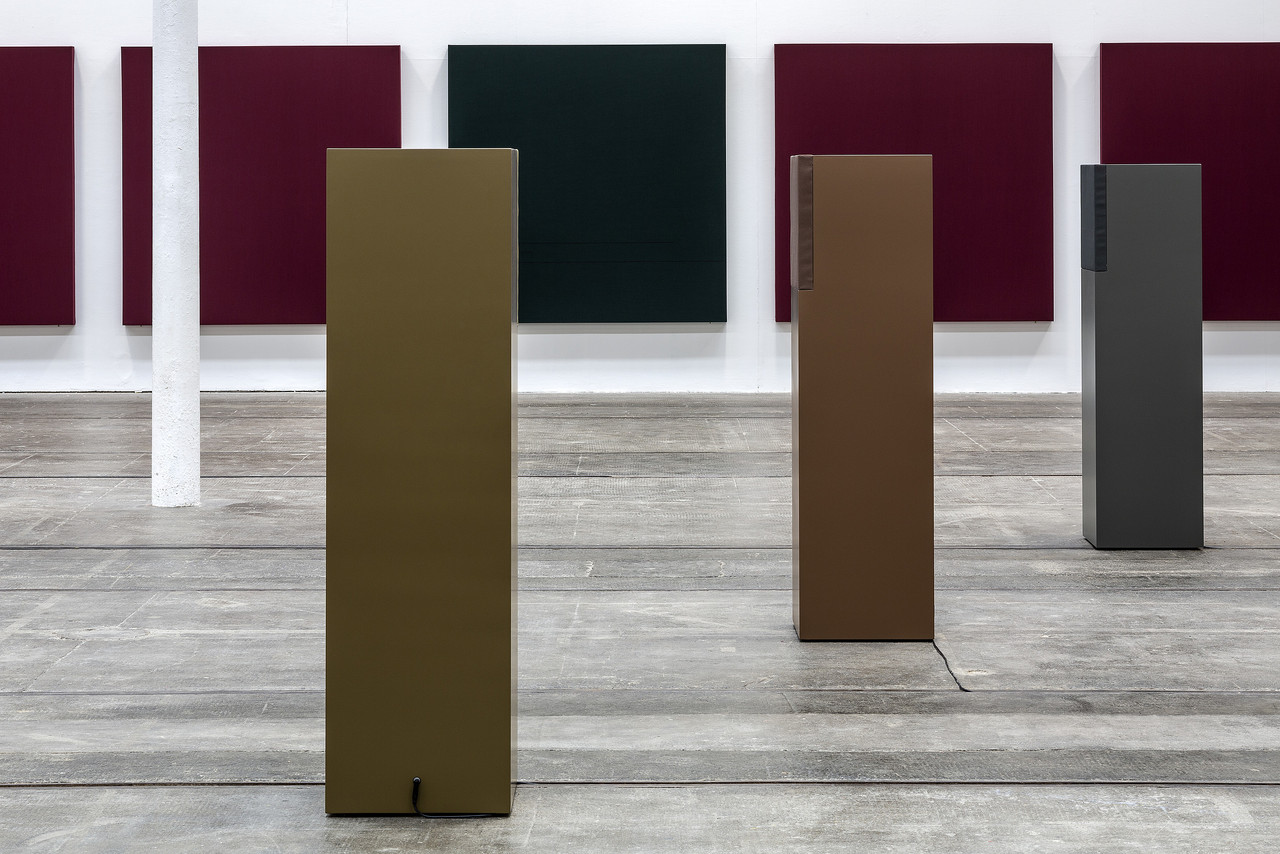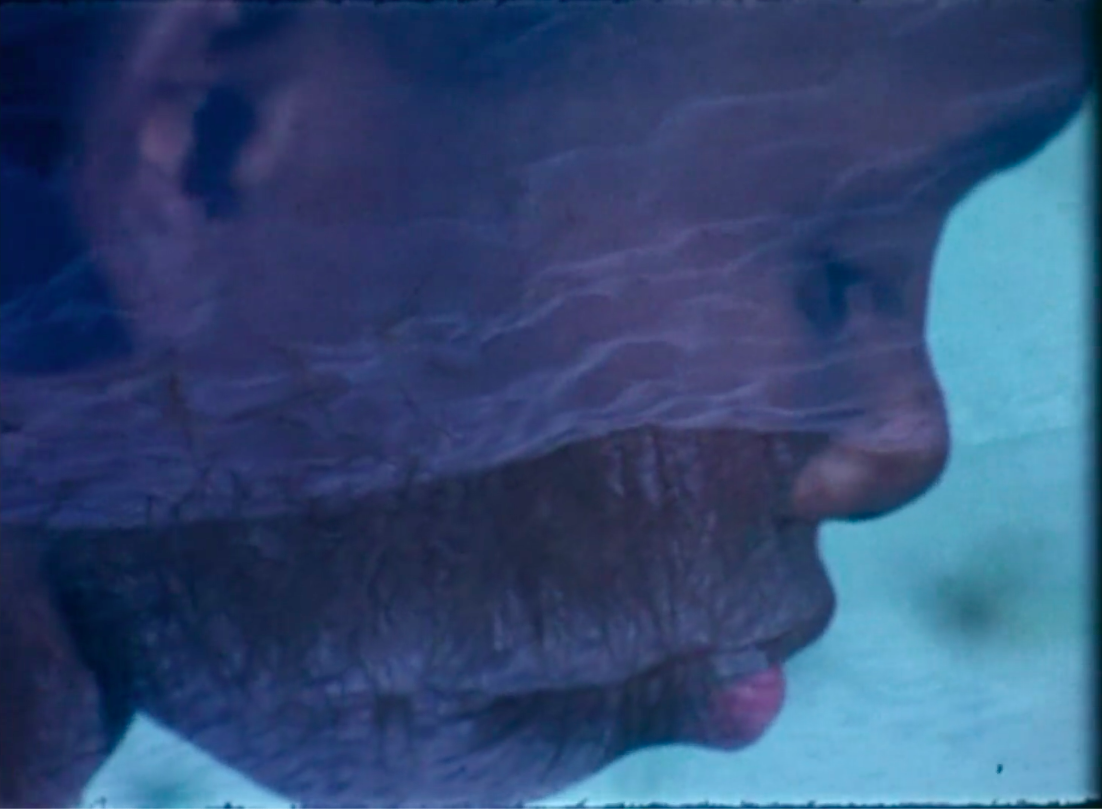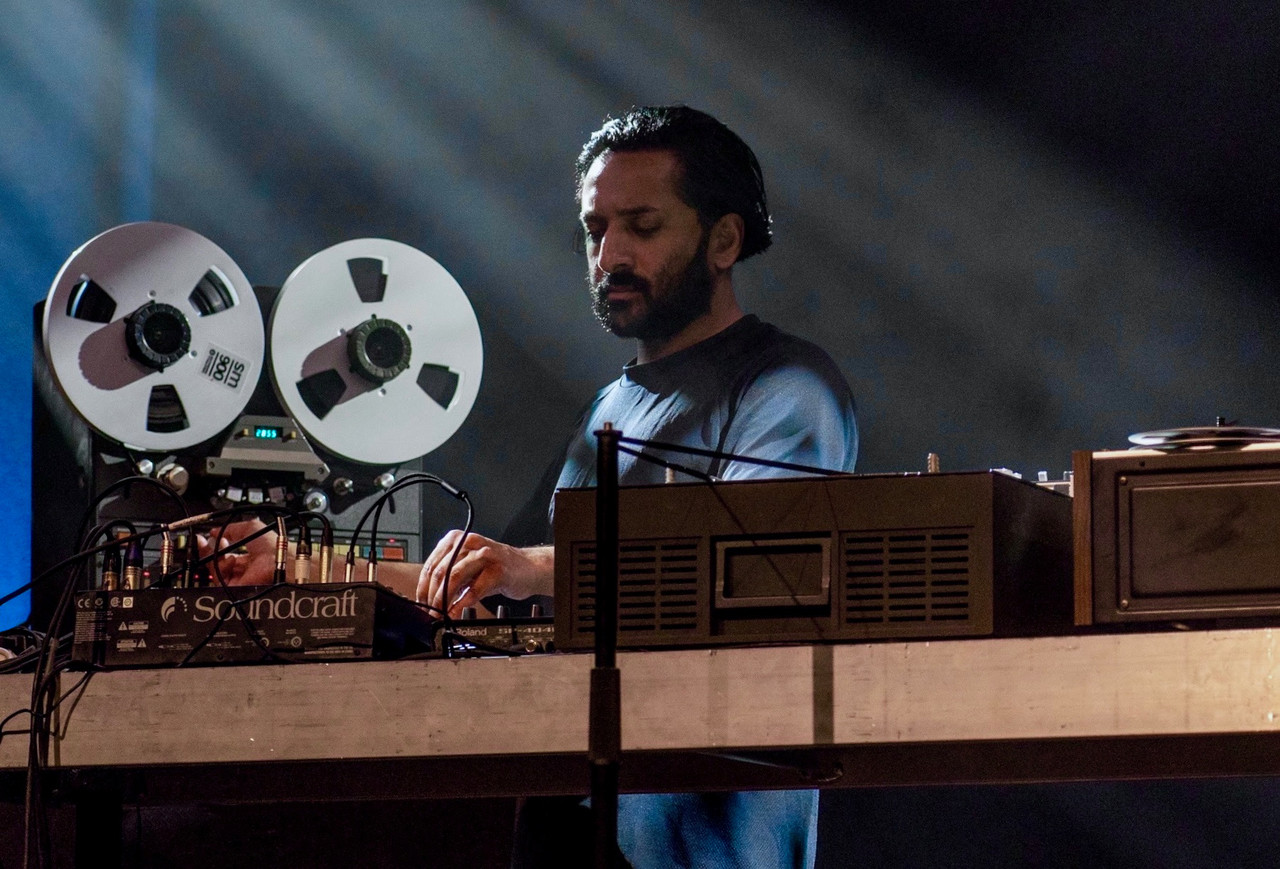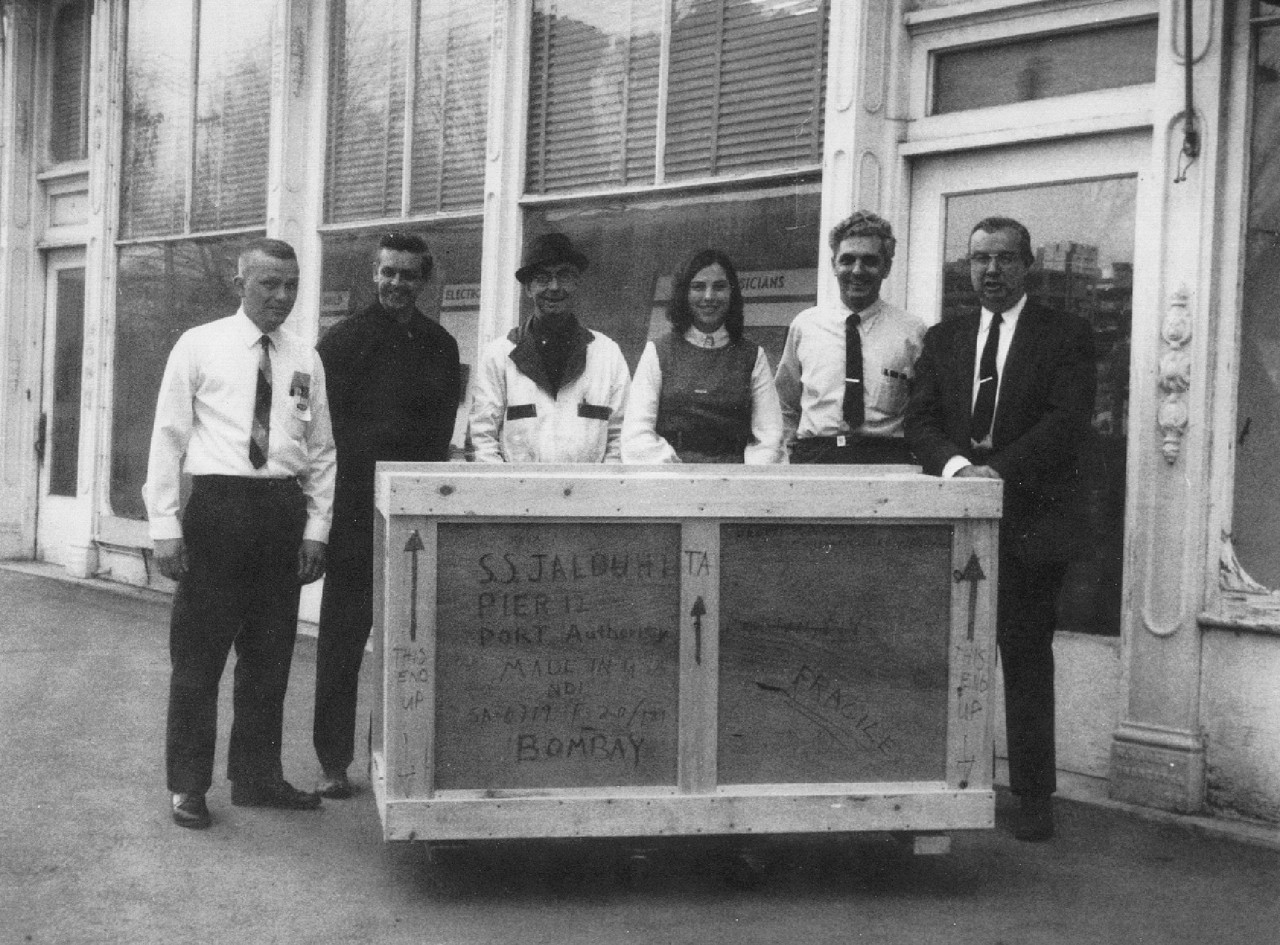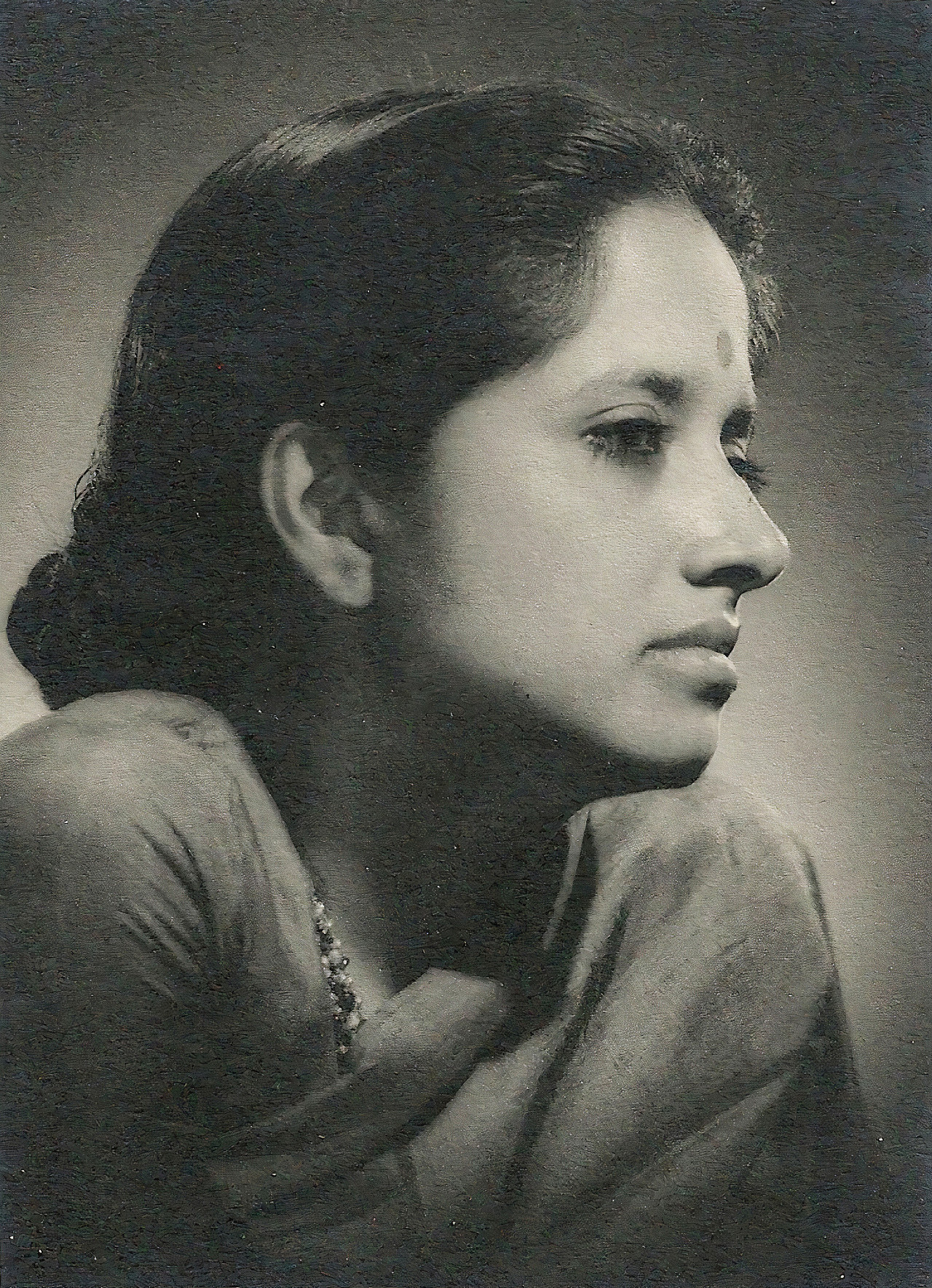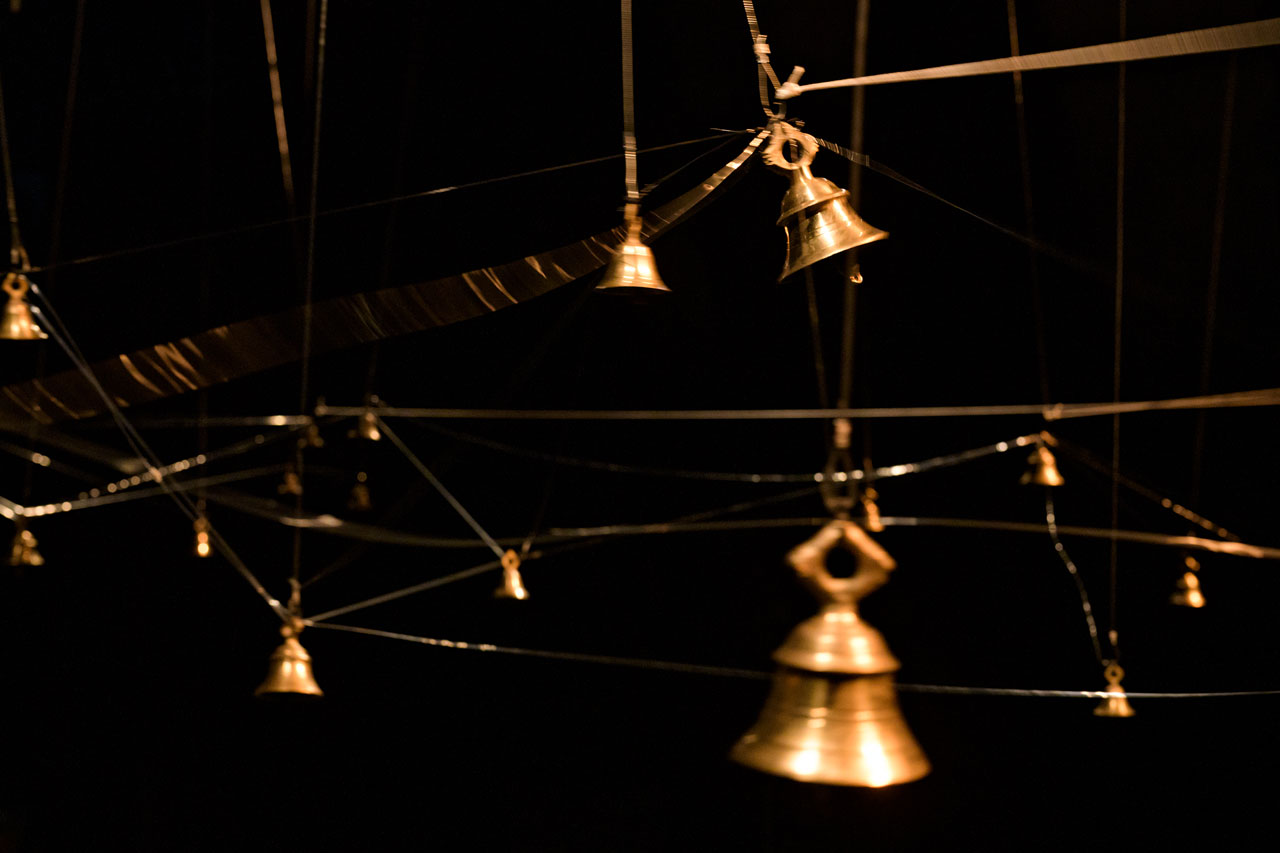»We Found Our Own Reality« examines the cultural, political, and post-colonial echoes of South Asia’s avant-garde sonic pioneers, proposing an alternative reading of Modernist history that weaves together threads of the past with speculations of the future. At the core of the project is a large-scale exhibition at silent green Betonhalle, bringing together architecture, furniture, textiles, and sound to explore India's first electronic music studio, founded in 1969 at the National Institute of Design (NID) in Ahmedabad – as well as a new soundwork, developed by Paul Purgas from a collection of unheard recordings by five previously unknown Indian electronic composers.
Several supporting events will take place around the exhibition, including the »Zigzag Afterlives« film programme curated by Nancy Adajania, which engages with a set of epiphanic film experiments made by Indian artists, filmmakers, and composers during the 1960s and 1970s. A one-day discourse programme will reflect upon exchanges and resonances between the Indian and global experimental music and design communities both historically and into the present, featuring talks by Rahila Haque with Paul Purgas, Regina Bittner, You Nakai, Nabihah Iqbal, and Coven Code’s Lush Lata. The exhibition’s geometry will also set the scene for a series of live musical events during the exhibition period, with performances by Imran Perretta, Nabihah Iqbal, Paul Purgas, Poulomi Desai, and Suren Seneviratne.
Founded after India’s independence, the NID was a multi-disciplinary facility to train a new generation of free thinking modern designers, animators, ceramicists, film-makers, and sound artists. The exhibition explores the technological and experimental ambition of the NID’s electronic music studio across its four year lifespan at a moment of unprecedented national transformation and cultural exchange between Western and Indian Modernist ideologies, narrating its dialogue with the international sonic and visual avant-gardes of Europe and the USA.
In exploring alternative concepts of modernity articulated in the legacy of the NID and the sonic experimentation conducted at its electronic studio, »We Found our Own Reality« addresses key issues of our time, including but not limited to the question of universal versus local values and forms of knowledge, the complex formation and trajectories of transcultural exchange, the struggle for self-determination and cultural representation, the role of archives and archiving, and the value of holistic thinking for cultural, economic and ecological sustainability.
The presentation of »We Found our Own Reality« at CTM 2023 is a next step in Paul Purgas’ research, which has been evolving first as the documentary »Electronic India« developed for BBC Radio 3, as well as the upcoming essay collection Subcontinental Synthesis that will be launched by Strange Attractor/MIT Press in May 2023 alongside a release of audio excerpts from the NID tape archive.
The National Institute of Design (NID) was founded upon a philosophy that merged ideas from the Bauhaus, Montessori, and Steiner schools of pedagogy, fusing them with the »learning through doing« mantra of Mahatma Ghandi’s ashram located nearby in Ahmedabad, and the holistic eco-conscious philosophy of the Indian 19th century university Shantiniketan founded by the poet and painter Rabindranth Tagore. The origins of the school was the vision of Jawaharlal Nehru, the first Prime Minister of India after its independence and widely regarded as the architect of modern India.
With the support of the Ford Foundation and the Indian government, Charles and Ray Eames were commissioned in 1958 to produce The India Report, which sought to define and understand traditional Indian crafts and offer a framework for a future institute of design.
In 1961 the first iteration of the NID was conceived, before it moved in 1967 to a purpose-built campus designed by Gira and Guatam Sarabhai who also conceived the launch of its educational programmes in partnership with the Ulm School of Design (Hochschule für Gestaltung Ulm). It was achieved under the supervision of the Sarabhai family who placed a strong emphasis on the study and practice of Western and Indian cultures as corresponding streams of knowledge. The ambition was to cultivate student attitudes and behaviours by strategies of »unlearning« and the cultivation of a sensory and holistic worldview.
Curated by Paul Purgas. Supported by Goethe-Institut, and British Council. The »We Found Our Own Reality« installation was originally commissioned & produced by Camden Arts Centre, London & Tramway, Glasgow.
